I've tried searching the forums and haven't found the right answer to this question, but has anyone tried using a boiler (either electric or flash) to generate steam in a closed loop, pressurized system to boil the wort?
I work at a refinery in a unit that has three 600# steam boilers. These boilers work by thermocycling water through piping in a waste heat duct. Basically, cooler water flows from the bottom of a steam drum down through the piping in the waste heat duct picking up heat and turning the water to steam and then the steam goes back into the top of the steam drum. A pressure controller allows the steam to escape the steam drum.
What I'm thinking of is trying this in reverse. Using a keg as a boiler, generating steam that flows through copper tubing in a boiler kettle. This steam would lose its heat to the wort, collapse into condensate and return to the boiler. The low pressure area where the steam collapsed to condensate would allow steam to flow into that area, thus creating motion of steam from the boiler to the brew kettle.
We all know that steam carries a tremendous amount of heat and with enough motion can transfer that heat quickly. I'm just curious if anyone has tried this or something similiar and if so, what kind of times did you get for boiling?
And really, it's not a matter of if it's more effecient or effective, it's just that I like to play and say that I did it.
Oh, and with any piece of equipment that has that much potential, all the correct safety fittings, relief valves and monitoring devices will be installed first.
I work at a refinery in a unit that has three 600# steam boilers. These boilers work by thermocycling water through piping in a waste heat duct. Basically, cooler water flows from the bottom of a steam drum down through the piping in the waste heat duct picking up heat and turning the water to steam and then the steam goes back into the top of the steam drum. A pressure controller allows the steam to escape the steam drum.
What I'm thinking of is trying this in reverse. Using a keg as a boiler, generating steam that flows through copper tubing in a boiler kettle. This steam would lose its heat to the wort, collapse into condensate and return to the boiler. The low pressure area where the steam collapsed to condensate would allow steam to flow into that area, thus creating motion of steam from the boiler to the brew kettle.
We all know that steam carries a tremendous amount of heat and with enough motion can transfer that heat quickly. I'm just curious if anyone has tried this or something similiar and if so, what kind of times did you get for boiling?
And really, it's not a matter of if it's more effecient or effective, it's just that I like to play and say that I did it.
Oh, and with any piece of equipment that has that much potential, all the correct safety fittings, relief valves and monitoring devices will be installed first.


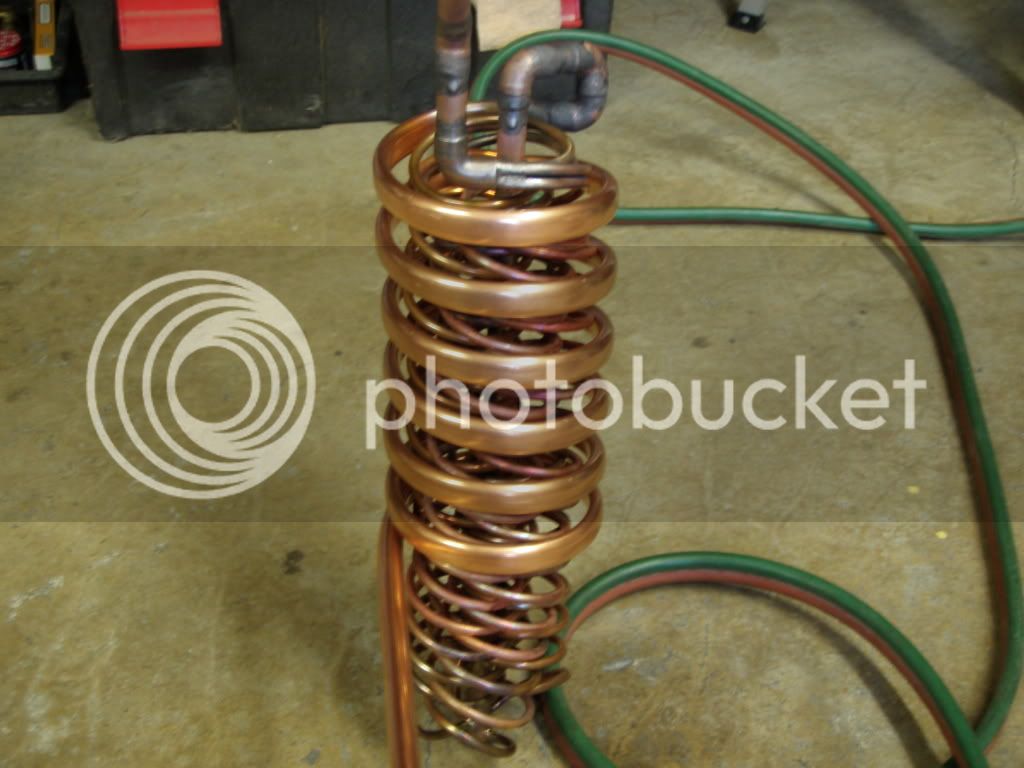
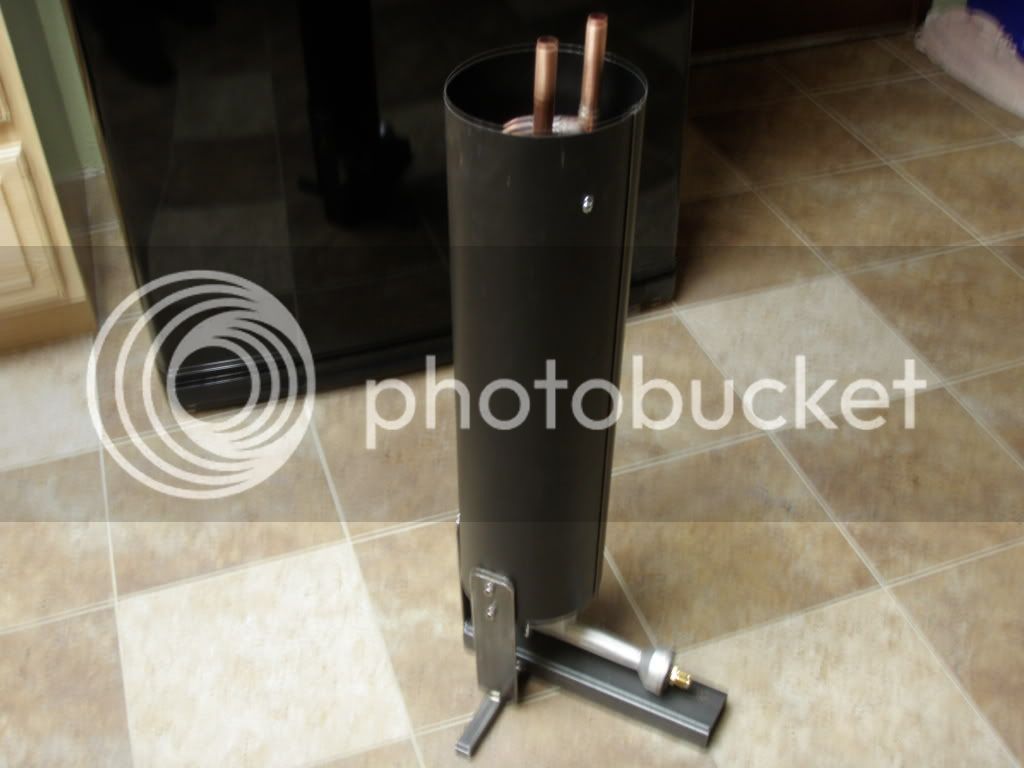
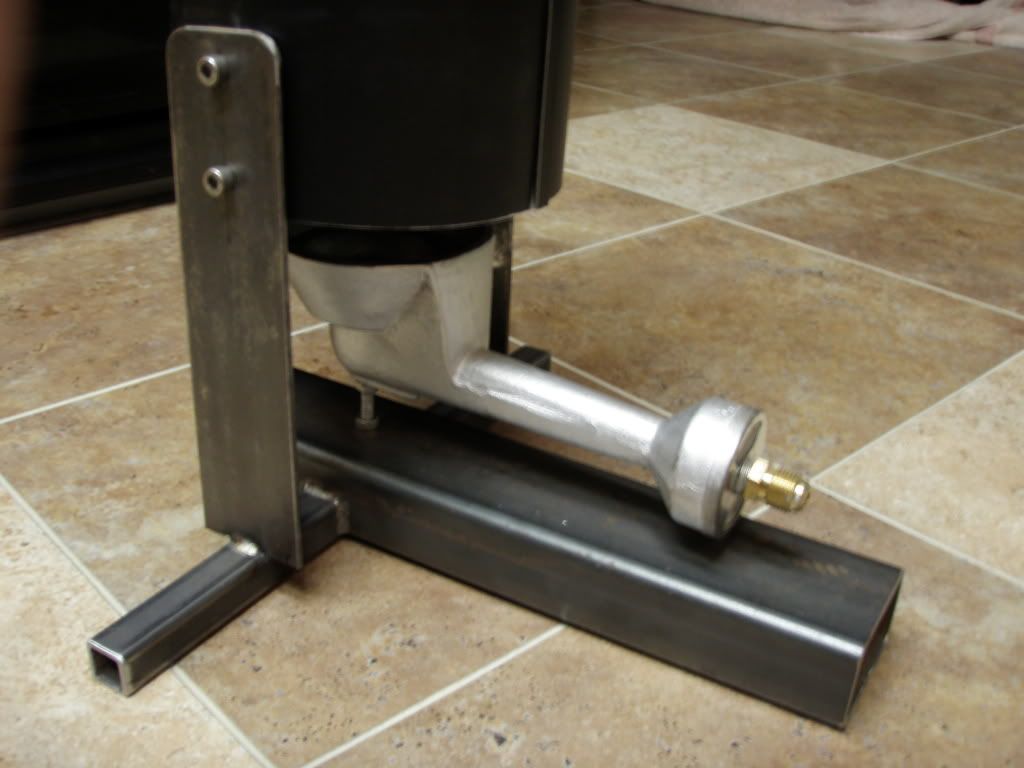
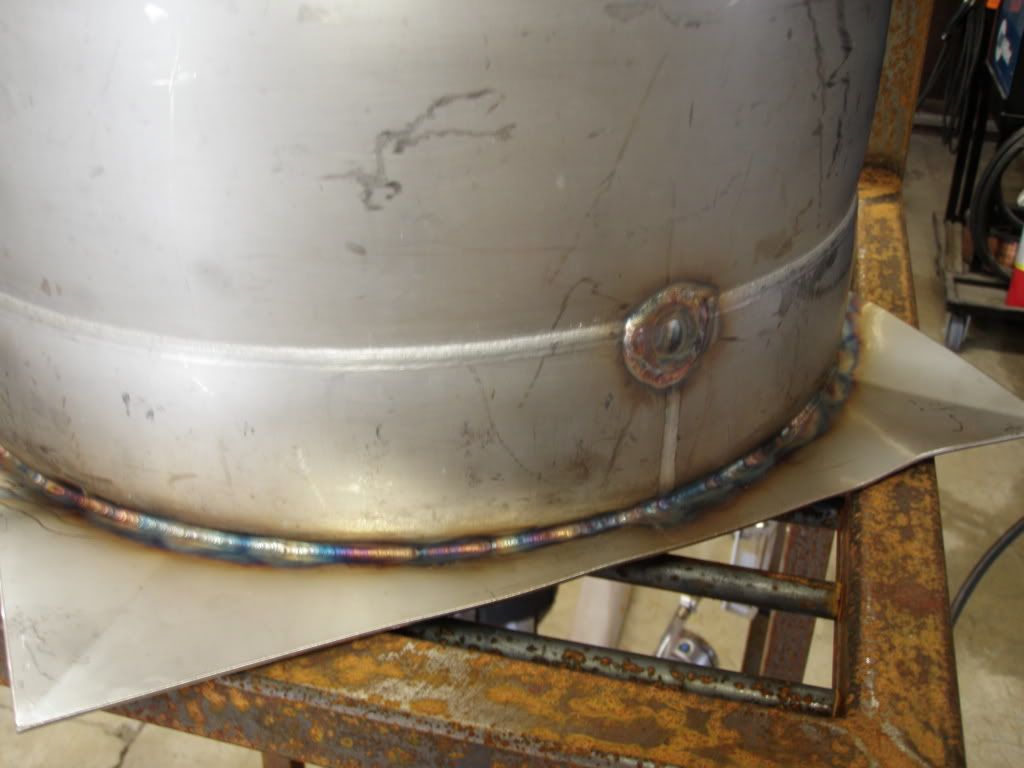
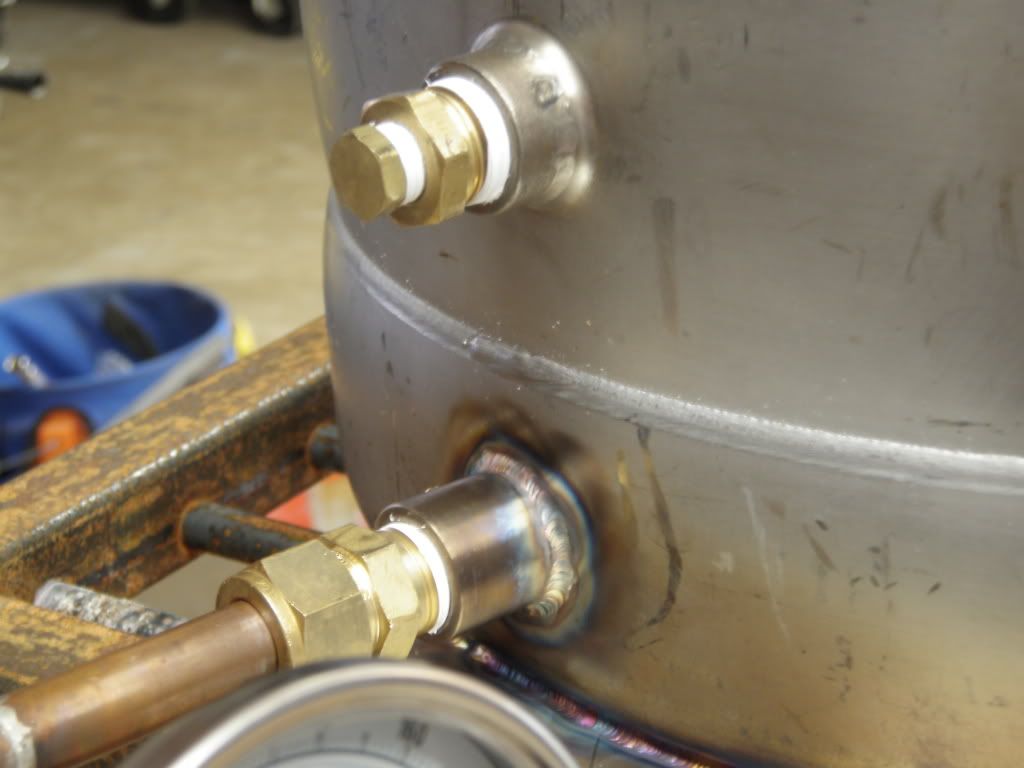
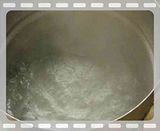
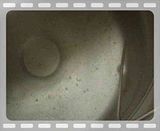
 OhioEd is in the same boat as you. He just picked up his welder.
OhioEd is in the same boat as you. He just picked up his welder.